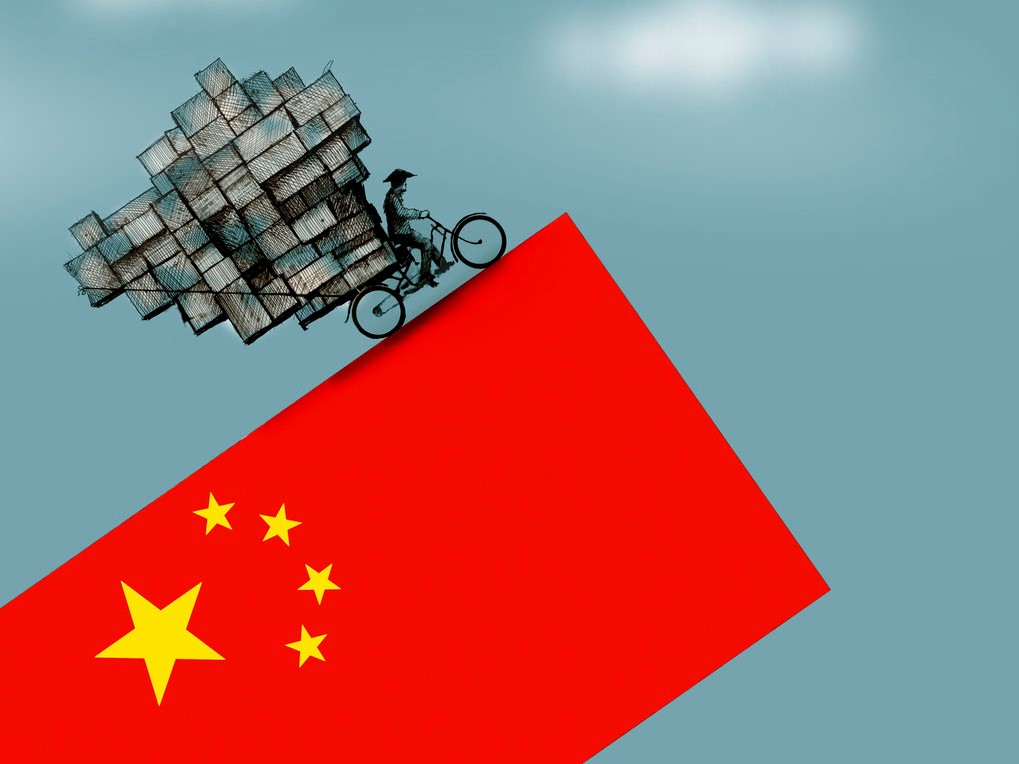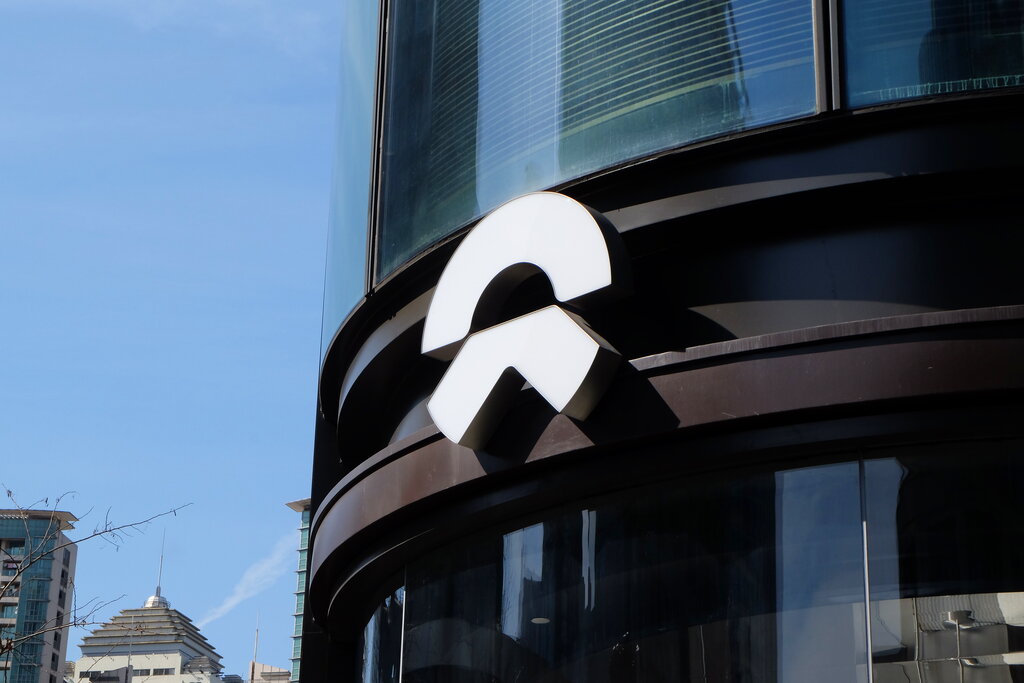Kate Lin: Chinese electric vehicle makers seem to have weathered the subdued consumption sentiment in China and have delivered strong sales. Can the four leading manufacturers carry over the good year to the next? What buying opportunities have emerged from the diverging stock market performances? We are asking Vincent Sun, our equity analyst, these questions.
Hi Vincent. First, on car sales, what is behind optimism in Chinese EV sales for the third quarter and what does it mean for investors?
Vincent Sun: Hi Kate. China's new energy vehicle sales remain very strong momentum. The country sold 5 million units of passenger electric cars in the first eight months. The EV penetration as a percentage of total vehicle sales also reached a new record level leading the rest of the world.
For the rest of the year, we expect demand to be driven by a few factors.
Firstly, government-supportive policies. In September, the central government issued guidelines to stabilize auto growth, which aims to drive new energy vehicle (NEV) sales growth by 30% this year. Many local governments have also launched various types of subsidies to stimulate demand.
The second demand driver is the new model launches. We believe the rich new model pipeline from the major local brands will lift demand growth in the second half. Together with a strong seasonality for auto sales and the relatively low base given the COVID lockdown fourth quarter last year, we stay positive on the sector's growth outlook
For investors, we think even after the recent share price rebound, the improving fundamentals are still not fully reflected in the share price and we see select buying opportunities in the sector amid a strong sales outlook.
Lin: But in the stock market NEO lagged the other three names, losing around 20% year to date. Why is that and does it present buying opportunities?
Sun: Yes, NIO is still loss-making, recording roughly 6-7 billion cash outflows each quarter in the first two quarters this year. So apparently, there is an obvious need for additional capital at this stage of development. Year to date, NIO did raise a little over US$ 700 million through private placement in June and another US$ 1 billion through the convertible bond last week.
We believe the near-term stock underperformance is attributable to the concerns about the company's additional capital-raising activities.
However, as you just said, at the current level we see long-term value in NIO. The company enters a strong model cycle with strong momentum driven by new models, such as ES6 SUV and ET5T hatchback.
With the larger sales volume expected in the second half, we believe the vehicle margin will record sequential recovery, given the economies of scale and the decline in the battery cost.
NIO is currently trading at the discounted price-to-sales ratio compared to peers. We believe the current share price provides an attractive entry level to patient investors.
Lin: Other than NIO, how do the current stock prices of the other three names align with their projected sales growth and profitability outlook?
Sun: With stocks trading at around 1.3 times the forward price sales ratio, we think the market is still underappreciating the improving outlook for sales and for profitability. After factoring in the potential recovery of delivery growth and profit margins for the second half, we believe valuation remains undemanding for selected automakers.
Out of the names that we cover besides NIO, we also like BYD for its diversified model portfolio. The company is China's largest EV maker. We believe the momentum will remain strong for the rest of the year. We see the total vehicle sales to reach close to 3 million units this year. Recently launched new models, such as Seal DM-i sedan and Song L SUV should further solidify its leading position in the mass segment and its shares are currently trading at 1 time price to sales at a discount to Chinese EV makers average 1.3 times.
Lin: Lastly, can you give us your outlook for the rest of the year and 2024?
Sun: We are positive about the sector's gross outlook. Purchase tax incentives for the new energy cars are extended to 2027. Together with the government’s push to increase consumer adoption, improving driving range, and increasing levels of vehicle intelligence and driving experience, we expect the sales of new energy vehicles to remain solid and to continue to take share from the internal combustion engine cars.
For 2023, we expect demand to remain strong with sales up 25 to 30%. We are seeing signs of inventory level easing from the elevated level since the second quarter, but we think sector profitability is likely to remain under pressure in the near term given price competition.
For next year, we forecast NEV sales to grow about 20% to over 10 million units with NEV penetration reaching over 40%.
Lin: Thank you, Vincent. For Morningstar, I'm Kate Lin.











.png)




.jpg)





